Andrea Mantegna
1431-1506 Italy/Early Renaissance
Click an Image to Enlarge
Death of the
Virgin

Court
of Gonzaga

Saint
George

The
Crucifixion

Triumph
of Virtue
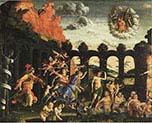
The
Meeting

Parnassus

Cardinal
Francesco

Cardinal
Trevisan

Agony in
the
Garden
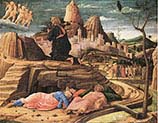
Baptism
of Christ

Triumph
of Caesar

Gonzaga

Carlo
de-Medici

Portrait of
a Man

A
Man

Judith and
Holofernes

Madonna
and Child

Presentation in
the Temple

Saint
Sebastian

The Adoration
of the Magi

The Adoration
of the Shepherds
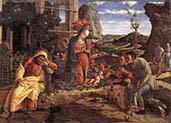
The Ascension
of Christ

The
Holy Family

The Lamentation
over Christ
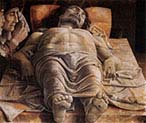
The
Circumcision

The Madonna of
the Cherubim
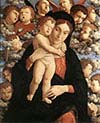
The Saint Lucas
Altarpiece

The Virgin
Mary

head of
holofernes

inscription
with putti
